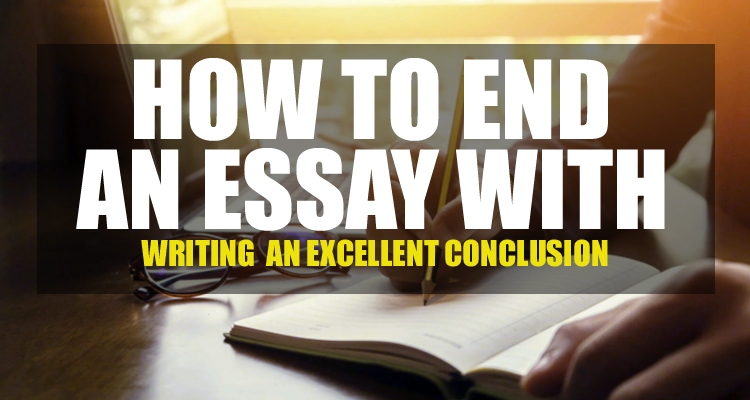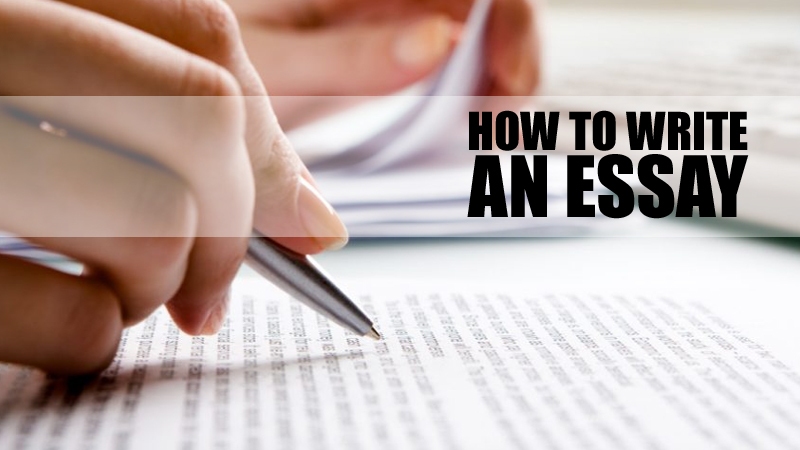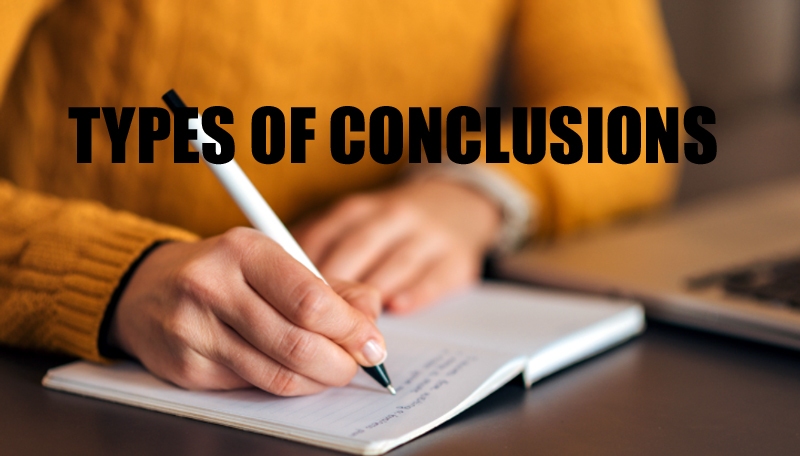7 Ways to End an Essay with Writing an Excellent Conclusion
To end an essay is like a bow on a present that has been carefully wrapped. In this way, your article is presented as a cohesive whole. In the conclusion of your essay, you need to sum up all of the points you made in the body of your work. Defiance and a rhetorical flair are required as well. Adding a cherry on top of your essay is as easy as sprinkling some powdered sugar.
With the exception of problems requiring a numerical answer, all student work has a conclusion or conclusion. Conclusions for essays, term papers, and other types of writing are all essentially the same. However, pupils have a difficult time with it. For this occasion, you may use the best custom paper writing service and obtain expert support from them.
Do you need to compose an essay for any of your assignments? It is critical not only to appropriately format the essay but also to correctly appraise the issue. You must be informed of what you are going to write about in your essay.
Also Read: Eight Study Skills for Dubai Based Students
Ways to Write the Essay
To write an excellent essay, you must first conduct thorough research. You can create a narrative, an essay, or a study of a work of literature.
The main body usually consists of two to three paragraphs. They develop your capacity for critical thinking and the ability to draw conclusions about each endeavor. You must analyze your findings to evaluate whether or not your hypothesis is right. Given the essay’s shortened length, your narration should be similarly condensed. Avoiding ambiguity at all costs is the best course of action. It’s better if the description isn’t too long.
This essay was written by a high school or college student. You must determine the professor’s preferred writing style. It doesn’t matter how you provide information as long as it adheres to these standards.
In the closing part, the conclusion drawn from the main body of the essay must be conveyed. The conclusion picks up where the essay left off, while the abstract starts again. The end of your essay should convey unequivocally that it is finished. You’ll need to conduct some inventory. This portion, on the other hand, should be written in the same style of writing as the rest of the text.
Also Read: Top 5 Best Scholarship Programs in Dubai for International Students?
Formatting of Conclusion
The task of the conclusion is to logically conclude the essay, draw a conclusion from all the reflections made in the text of the essay and summarize, if required.
The integrity of the text of the essay is ensured due to the correct ratio of parts. The introduction and conclusion should be no more than 1/8 of the volume of the entire essay. Schematically, the composition should be similar to the shape of a circle, that is, it should be closed. The length of your conclusion should be no more than two or three sentences.
Also Read: 5 Essay Writing Problems ESL Students Struggle With in Dubai
Types of Conclusions
Here are samples of each form of conclusion, so you may use them as a guide while writing your own essay. There are a variety of different ways to conclude an essay, based on the author’s aim, as well as the topic, difficulty, and creativity of their graduate.
1. A simple conclusion
The most typical and logical ending of the composition. Most often, students use this type of conclusion as the easiest to write, since it is immediately clear that all the thoughts in the essay have been summed up.
For example, “after reading the text, you begin to realize that the main thing in a person is not his appearance, but his soul.
2. A Broader Perspective
In the introduction, the author expresses his or her thoughts. Helps establish a circular composition and displays how the work connects to the beginning and end of a piece. It also demonstrates to the verifier that the work has reached semantic unity.
For example, “Motherly love of an animal and human love are the same. Any mother is ready to give her life for her child! And while we realize this, we will learn wisdom from Mother Nature.”
3. Personal Attitude to the Problem Showed in the Text
This form of conclusion enables the author of the essay to demonstrate a caring approach toward the topic and concern of the examined text, while also emphasizing the author’s active living position in the world.
For example, «The story of the author cannot leave anyone indifferent. I agree with the author that a person’s decency does not depend on his education. Therefore, people should always treat other people with respect, whoever they are.
4. An Aphorisme
By employing the aphorism at the conclusion of the essay, its author demonstrates his erudition and capacity to merge disparate texts into a unified whole, depending on their problematics, which elevates the entire essay to a winning level of achievement.
For example, «Any person’s life may come to a point when he or she is willing to give his or her life in order to defend loved ones or the country. “Heroic actions will always have a place in life!»
5. Circular Construction
In other words, the ending is the answer to the question posed at the beginning of the essay. If the graduate utilized rhetorical questions in the beginning of the essay, then at the end of the essay, it is permissible to offer a brief answer to the question. Every piece of creative work will be able to claim this as its own.
For example, «The author’s hero was able to discern her pure and beautiful soul behind the girl’s not very attractive appearance. Can we really appreciate a person without chasing the outer wrapper? I would very much like to hope so. After all, it is more correct to judge the beauty of a person by his character and actions».
6. Quote
The final judgements expressed in quotations at the conclusion of an essay are final conclusions that reflect the notion or problem expressed in the text. Quotes are also used as an introduction to an essay, but there they have different tasks.
For example, «The homeland is significant for a person with its history of bygone times, glorious ancestors. The homeland is the basis of every person’s existence, his home, this is the great Russian people with its expressive language and rich culture. Therefore, I fully agree with the author that “each of us is responsible for our Motherland.
7. Correct Objection to the Author
Even if you disagree with the author’s stance on a particular issue raised in the source material, you must do so in a way that does not result in a penalty for violating the ethical criteria of the assignment. Using this form of conclusion, you are able to present a distinct viewpoint from the author of the examined material gracefully and effectively.
For example, “It’s hard to disagree with the author. She is right when she says that every young person has the right to choose who he/she will become in the future. Adults only give advice on where to go to study. Is it worth considering the experience of parents, or is it better to choose a profession on your own? I think that in different families this issue can be solved in their own way”.
Also Read: 5 Essay Writing Problems ESL Students Struggle With in Dubai
Thus, the student will be able to pick the type of conclusion that is most suited for him or her over the duration of his or her education.






